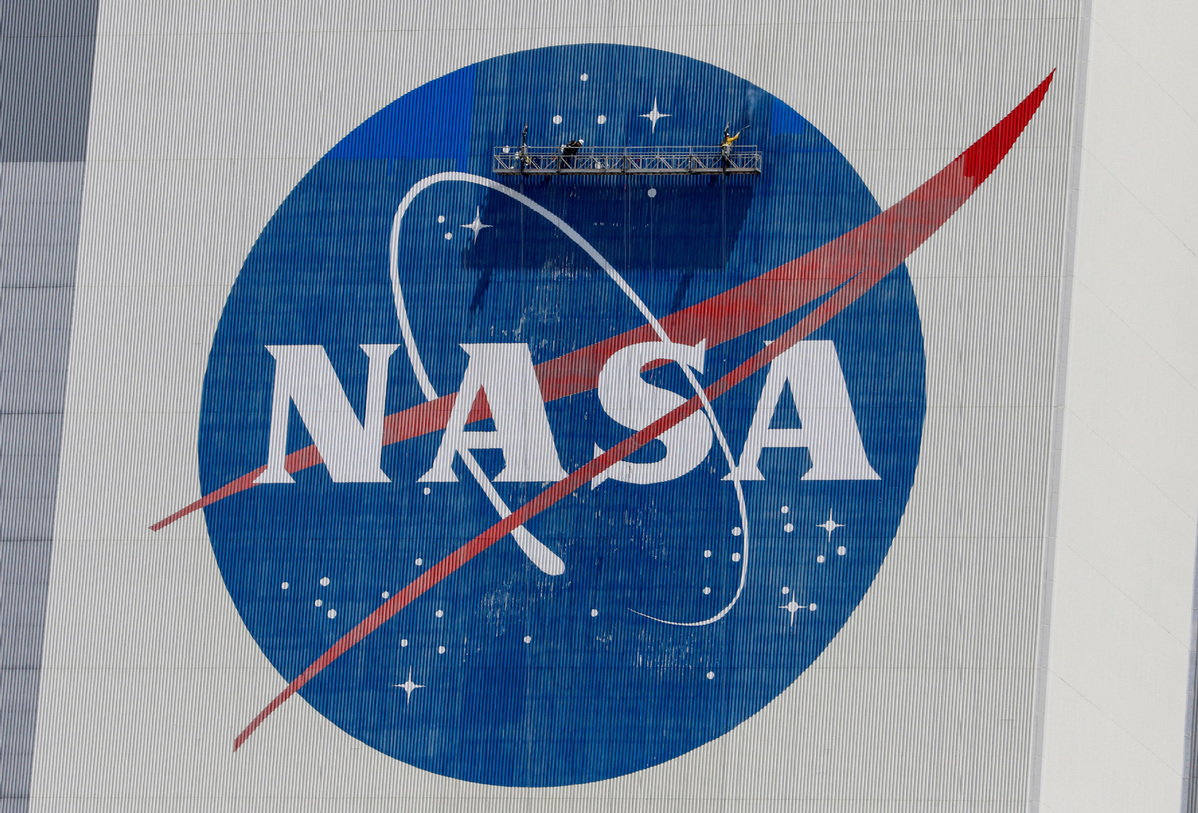NASA opening door would be boon for global space research
By ZHANG ZHOUXIANG | China Daily | Updated: 2023-12-11 08:39

The "small yard, high fence" policies of the US with regard to China generally extend to space research cooperation. Such research collaborations are barred by a US law that forbids the use of NASA funds for projects with China or Chinese-owned companies, unless NASA certifies to Congress that there is no risk of transferring technology or data to China and Congress gives its approval.
NASA recently emailed planetary scientists saying that it had sent the necessary certification to Congress and agency-funded researchers could apply to the China National Space Administration to use samples of the lunar soil for research. It is believed that analyzing the samples could lead to new scientific insights into the geological history of the moon and potentially inform NASA's future lunar exploration plans, the agency suggested. US researchers had started lobbying NASA officials to explore the possibility of gaining access to the samples soon after the Chang'e 5 sample return capsule touched down.
The ban on bilateral cooperation was an amendment to NASA's annual appropriations bill by former representative Frank Wolf in 2011, who hoped to prevent China from developing space-related technology and expertise through collaborations with NASA.
When the Wolf Amendment was passed, the gap between China and the US in space technology was still huge. Thus US politicians thought that such "high fences" would maintain the US' advantages in space indefinitely. However, China has made rapid progress despite the US' efforts to hinder its endeavors. Over the past 12 years China has conducted a number of successful moon missions, including the first landing of a probe on the dark side of the moon. In comparison, 14 years have passed since the US' last moon mission, the Lunar Reconnaissance Orbiter in 2009.
US researchers are hoping the exception sets a precedent. Chang'e 6, which is scheduled to be launched in May 2024, will attempt to return samples from the far side of the moon for the first time. Chinese researchers meanwhile are hoping to get access to Apollo lunar soil samples for comparison purposes. So far NASA has not shared any Apollo samples with China. Instead of building fences, the US should open its doors to space cooperation with China, as that is the best way to build trust and enhance understanding of the Earth and its celestial environs.
























